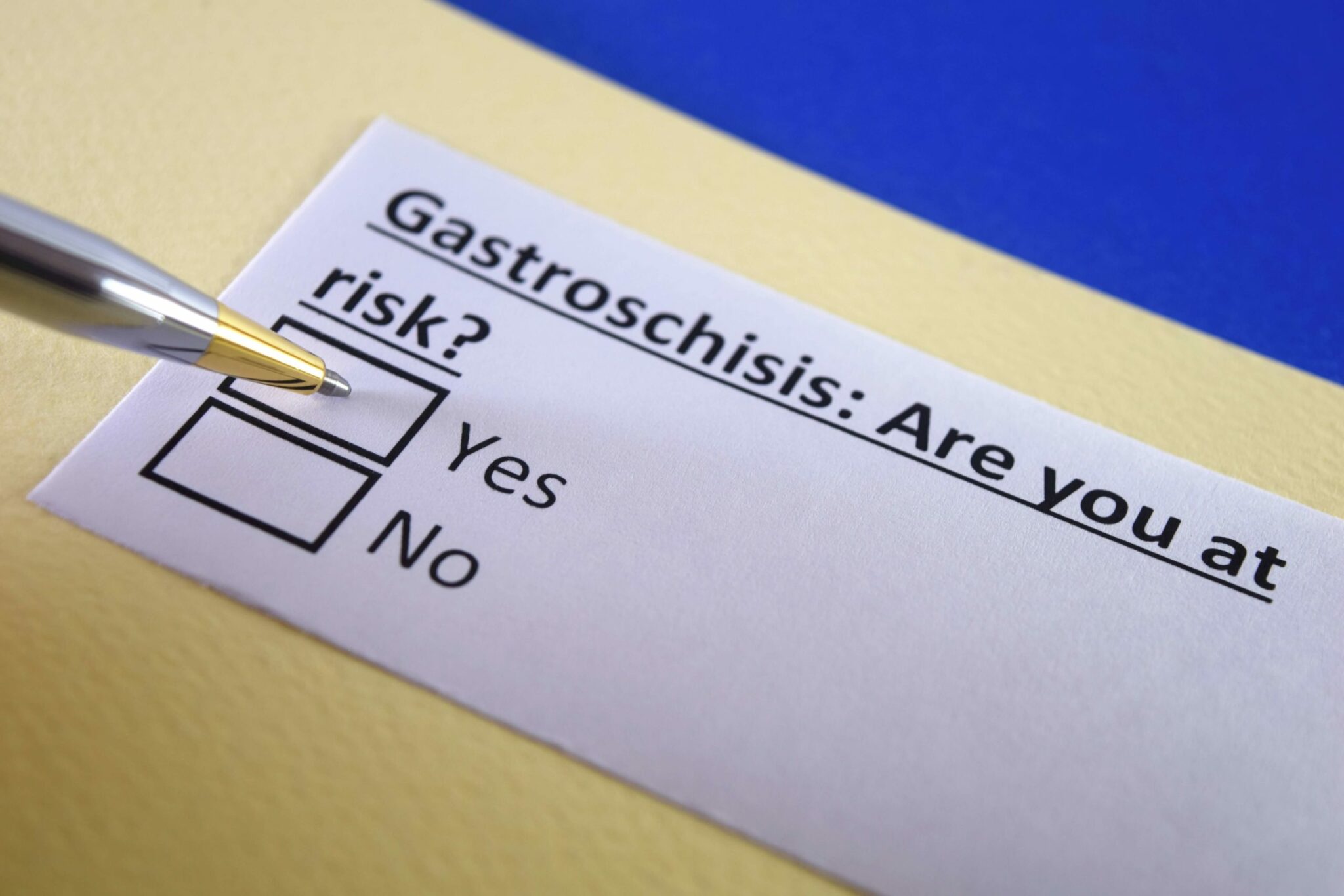Baby Development: Your 10 Week Old
Your 10-week-old baby has come a long way since you first brought him or her home from the hospital!
While it’s impossible to generalize, a 10-week-old baby will have packed on weight and muscle since birth — and it’s starting to show. While it’s unlikely that any 10 week olds can actually roll over, it won’t stop them from trying, so don’t be surprised if your baby rolls and squirms whenever possible.
If you’re not already in the habit, you should start immediately: never leave your baby unattended on any surface, such as a changing table. You should always keep a hand on your baby, so the first true roll doesn’t come as a nasty and potentially injurious shock to both of you.
By this age, many babies can hold their own heads up for a few seconds, whether they’re lying on the floor on their tummies or being held upright you shoulder. When they are awake, your 10-week-old is likely a bright-eyed and very curious little person. He or she may be very interested in sounds, faces, televisions, and even pets. In response to this wonderful new world of sounds and sights, your baby might coo, gurgle, blow bubbles, spontaneously imitate faces, and make raspberries. All of this is normal and important development as your baby continues to learn not only about the world but about his or her own body and all the amazing things it can do.
As your baby wakes up to the world, you may have questions about sleep. By this age, most babies are in a fairly predictable sleep pattern — but like with so many things in parenting, as soon as you get a handle on one schedule, your baby changes everything again.
At 10 weeks of age, the typical baby needs as much as 18 hours of sleep in every 24-hour period. Although some babies “sleep through the night” at this age, most babies at this age are still not sleeping longer than about five hours at a stretch before they need to eat again. For babies, this is perfectly normal. For parents who handle feedings, however, it can be extremely challenging.
Some parents handle the lack of sleep with co-sleeping or bed-sharing. It\’s important to note, however, that expert opinion strongly advises against co-sleeping, including recommendations from the American Academy of Pediatrics. It has been linked to increased risk of SIDS, as well as the tragic possibility that an overtired parent will roll over and smother baby. Instead, consider having your baby sleep in your room but in a separate bed (room-sharing), or even in a specially designed bedside sleeper that brings baby next to the bed, but offers a separate space. Interestingly, studies have shown that the risk of SIDS actually decreases if baby sleeps in the same room — but not the same bed — as Mom and Dad. According to the AAP, a baby should ideally room-share for at least the first 6 months of life and up to 12 months.
Finally, remember to always put your baby to sleep on his or her back.
Take a look at your baby\’s development from a pediatrician\’s perspective with Dr. Kristie Rivers.
Powered by Bundoo®










































